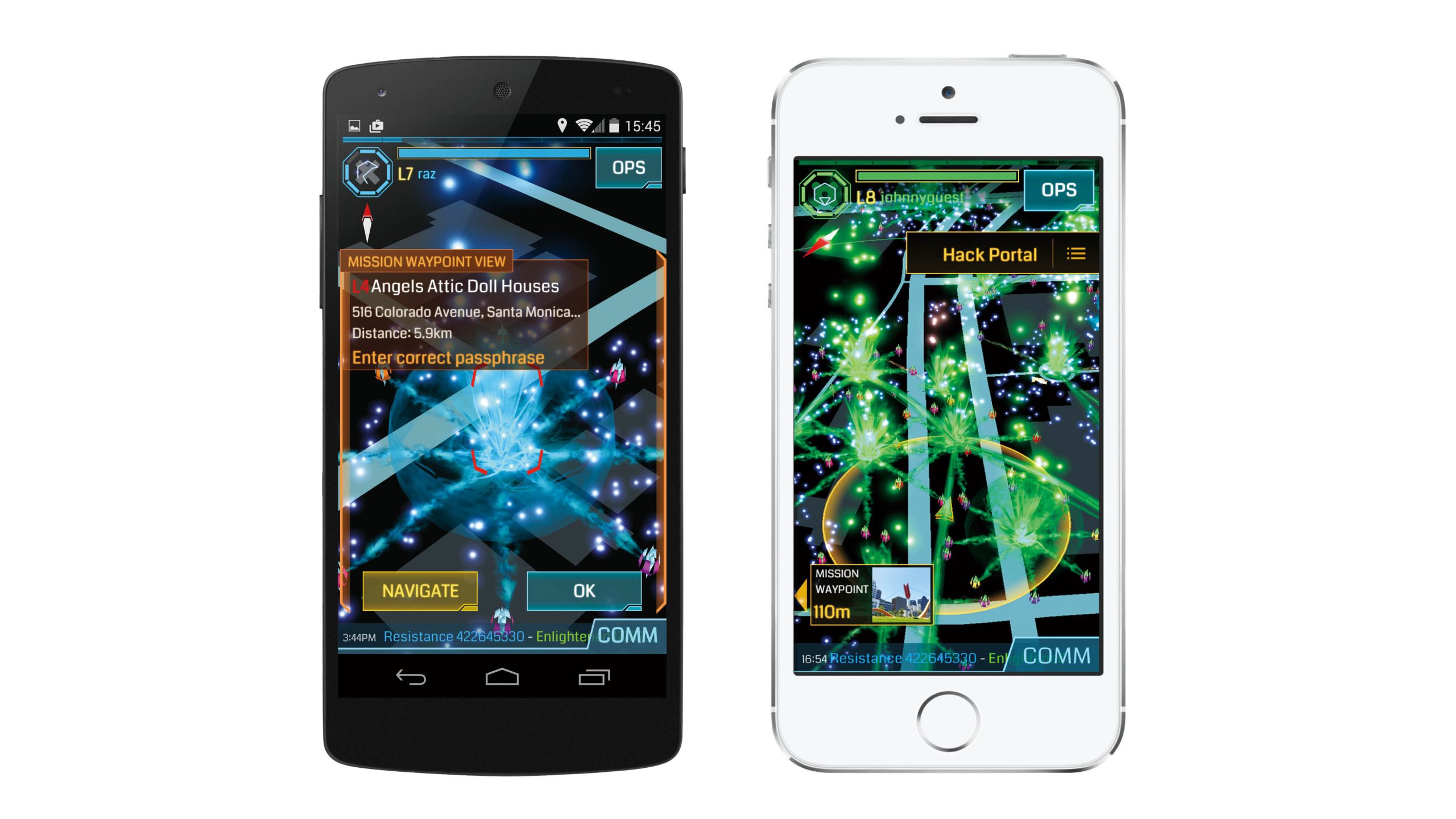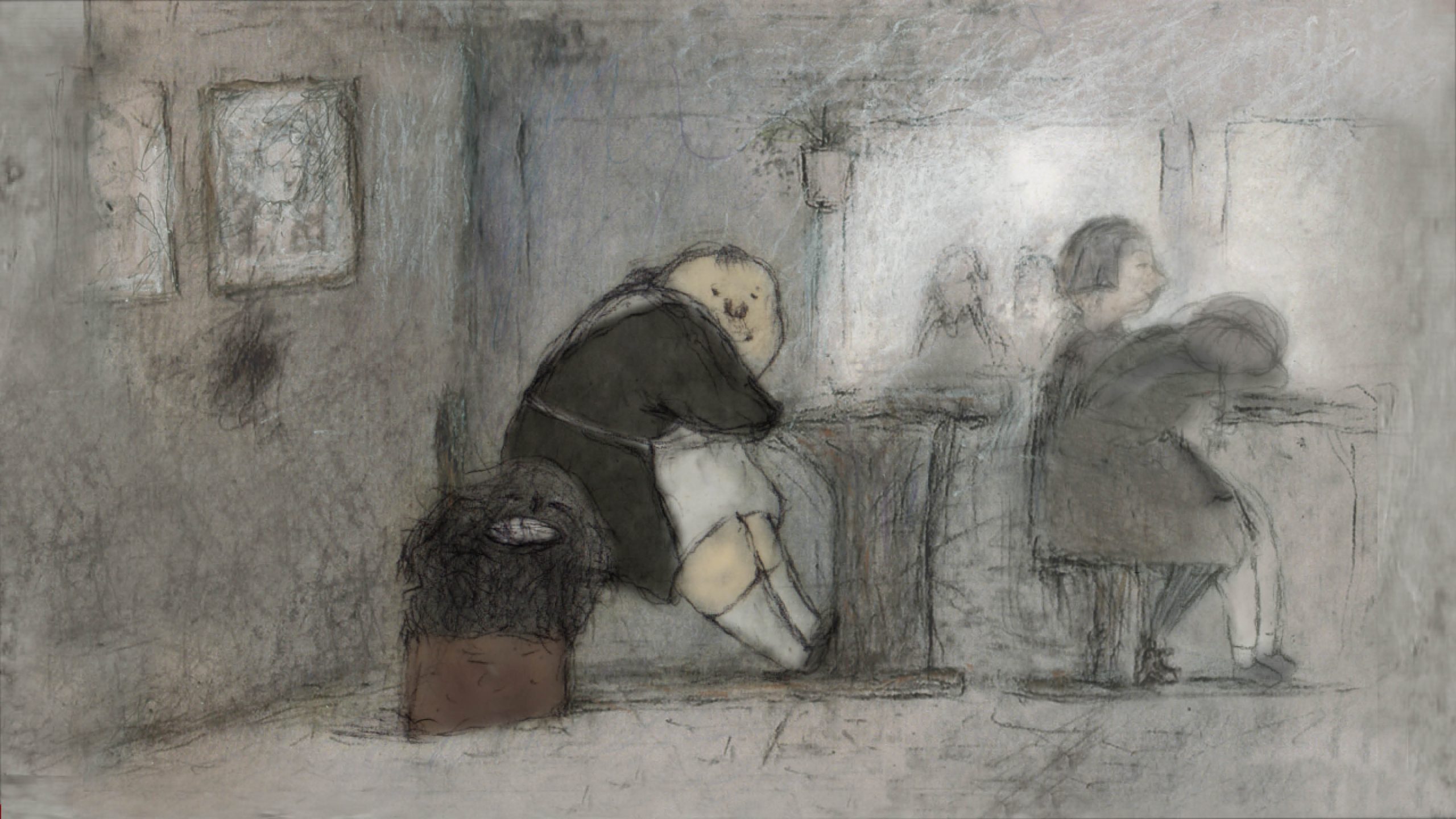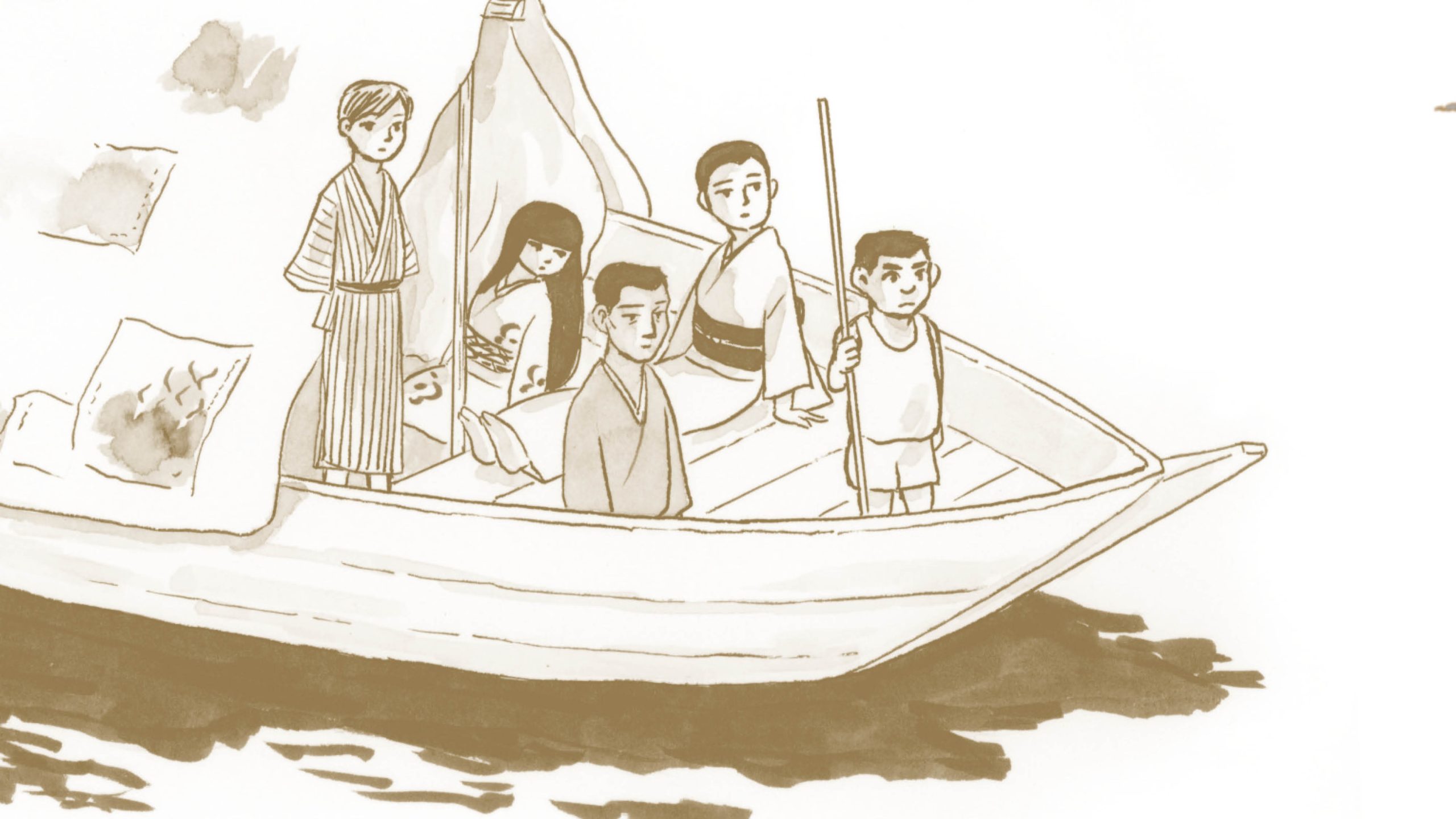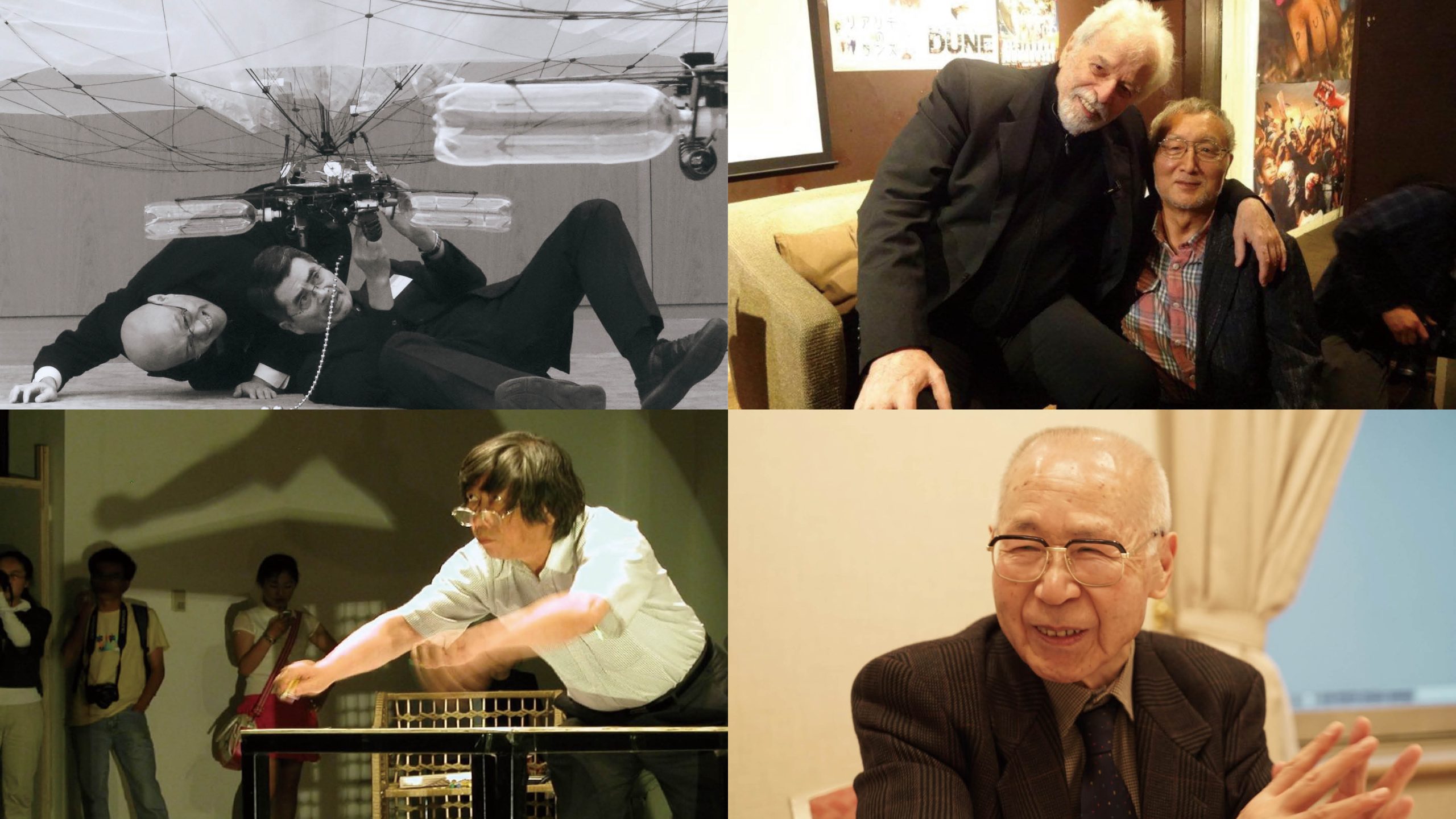
Outline
Entry Period
2014.7.7(Mon) - 9.2(Tue)
Organizer
Japan Media Arts Festival Executive Committee
Chair
AOYAGI Masanori(Commissioner for Cultural Affairs, Agency for Cultural Affairs, Japan)
Operating Committee
AOKI Tamotsu(Director General, The National Art Center, Tokyo)
FURUKAWA Taku(Animation Artist)
TATEHATA Akira(President, Kyoto City University of Arts)
Exhibition
Dates
2015.2.4(Wed) - 15(Sun)
Awards Ceremony
2015.2.3(Tue)
Venue
The National Art Center, Tokyo
Cinem@rt Roppongi
SuperDeluxe
Admission
free
Cooperation
Festival Information Special Achievement Award General Critiques Art Division Entertainment Division Animation Division Manga Division PAGE TOP to top Festival Information Exhibition of Award-winning Works Dates: February 4 - February 15, 2015 Venue: The National Art Center, Tokyo, Cinem@rt Roppongi, SuperDeluxe Cooperation: Cinem@rt
SuperDeluxe
J-WAVE
Cooperative Programs
mission [SPACE×ART]-beyond Cosmologles(Tokyo Metoropolitan Government / Tokyo Metropolitan Foundation for history and Culture)
Fukushima Game Jam 2014(NPO IGDA Japan (Non-Profit Organisation, International Game Deveiopers Association Japan))
TodaysArt.JP EDITION ZERO(TodaysArt JAPAN 2014 Committee)
FITC Tokyo 2015(FITC)

Jury / Major
Jury
MIWA Masahiro(Composer and Professor, Institute of Advanced Media Arts and Science (IAMAS))
OKABE Aomi(Art Critic)
SATOW Morihiro(Professor of Visual Culture Studies, Kyoto Seika University)
TAKATANI Shiro(Artist)
UEMATSU Yuka(Curator, The National Museum of Art, Osaka)
KUBOTA Akihiro(Artist and Professor, Tama Art University)
HIGASHIIZUMI Ichiro(Designer and Creative Director)
IIDA Kazutoshi(Game Creator and Professor, Digital Hollywood University)
UKAWA Naohiro(Genzai (Contemporary) Artist and Professor, Kyoto University of Art and Design and Representative, DOMMUNE)
YONEMITSU Kazunari(Game Designer and Professor, Ritsumeikan University)
WADA Toshikatsu(Animation Artist)
KOIDE Masashi(Animation Researcher and Professor, Tokyo Zokei University)
MORIMOTO Koji(Animation Director)
OHI Fumio(Animation Artist)
TAKAHASHI Ryosuke(Animation Director)
SUGAYA Mitsuru(Manga Artist and Professor, Kyoto Seika University)
INUKI Kanako(Manga Artist and Guest Professor, Osaka University of the Arts)
ITO Go(Manga Critic and Associate Professor, Tokyo Polytechnic University)
SAITO Nobuhiko(Editor and Manga Researcher)
YAMADA Tomoko(Manga Researcher)







TATEHATA Akira
President, Kyoto City University of Arts
There are two things that once again left an impression on me in viewing the Award-winning Works and other new media art entries to this year's festival. The first is that technology in the arts triggers possibilities of new expression while concurrently adopting a criticality toward our society, and that this critique emerges through endeavors that should be described as technology critical of technology itself. The second is that technology in and of itself seems to be host to poesy – which is a perception that can possibly be called peculiar.
For example, GOSHIMA Kazuhiro's This may not be a movie, winner of an Excellence Award in the Art Division confronts the definition, in our age, of moving images that began with film as sequences of still images, through the playback of a film made of recorded light rays without frames. This work truly exemplifies the self-critical nature of technology, and it seemed to go beyond the simple cleverness of thinking in a different way to touch on philosophical concerns characteristic of media art.
The fiction of “exotic matter”, added to a virtual space within the multiplayer participatory game Ingress by Google's Niantic Labs – winner of the Grand Prize in the Entertainment Division – might also be seen, depending on the way it is viewed, as an attempt to present technology itself as a phase of poesy.It seems as if the artists of various fields who battled it out in this competition are striving to deepen the intellectual contents of work rather than aim for novelty. I am delighted that the Japan Media Arts Festival has clarified the maturity of new media art.
FURUKAWA Taku
Animation Artist
This year again, each division presented new schemes exploring possibilities for expression. This may not be a movie, winner of an Excellence Award in the Art Division, demonstrates in the truest sense of its title the genesis of a film, composed not of a sequence of still images as with films until today, but exposes, replays and projects moving images through light rays. Ingress, a much talked-about encampment game that leaps out into the city, won the Grand Prize in the Entertainment Division. Although there is concern about the future plans of the Google Corporation, for the present we can give this game system a try, and join in the battle between the blue and green factions. The Grand Prize of the Animation Division went to a 9 min 21 sec-long animated short film, marking the appearance after a long interval, of a “giant” new face. Anna BUDANOVA's first work displays a level of ability that already raises anticipations of the arrival of a future virtuoso. In the Manga Division, the Grand Prize-winning Goshiki no fune shined. It is a brilliant visualization of a Japanese sci-fi novel that also drew much attention, drawn by a master artist in their prime.
When you look at the trends in Japan last year, you can sense that, together with technology, things are moving at full speed towards the 2020 Olympics, but then, things seldom turn out the way one expects. There are countless issues that now require us to stop and think. In the face of gigantic amounts of data, I admired the brilliance of the artist's ideas and am left with expectations for the future. There is also something disagreeable about crossing one's fingers in difficult times, but artists, please do something. I think these are the times that call for it.